Can we pick out the expensive Japanese watermelon in a blind taste test?
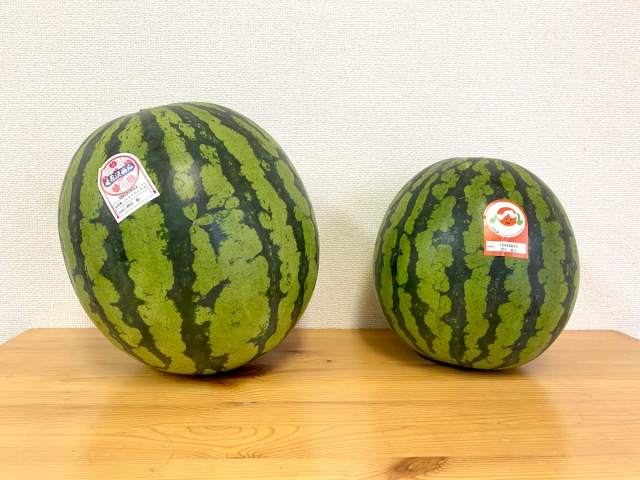
Taste isn’t the only determining factor for expensive fruit in Japan.
All the members of our Japanese-language team pride themselves on their taste-testing skills. Whether they’re eating hot dogs or curry bread, their confidence in producing excellent tasting notes is unrivalled, but there are two things that, by their own admission, tend to trip them up, and that’s condiments and fruit.
So, in order to improve their skills, the gang have been blind-tasting expensive luxury foods alongside cheaper versions, to see if they can refine their palates. They’ve been getting pretty good at picking the more expensive item in their blind-tastings lately, but in order to stop them from getting too cocky, our boss decided to throw them a curveball, or should we say curve watermelon.
▼ We’re ready to catch whatever you throw at us, boss!”
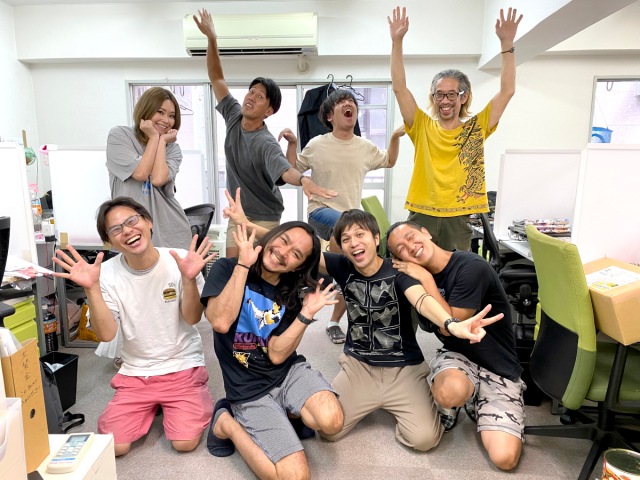
With that, let’s cut to the melons. The two that have been prepared today vary greatly in price and size, with the one on the left costing 5,400 yen (US$38.96) from the Isetan department store, and the one on the right costing 1,980 yen, from a Japanese supermarket.

Despite their differences, both these specimens are actually called “Yamagata Prefecture Obanazawa” watermelons, meaning they’re the same variety and both produced in Obanazawa, Yamagata. The one bought at a department store is around 2.5 times more expensive than the one bought at the supermarket, and though there are some visual differences between them, our taste testers won’t know that because they’ll be blindfolded for the tasting.
▼ Expensive fruit (top) and less expensive fruit (bottom).
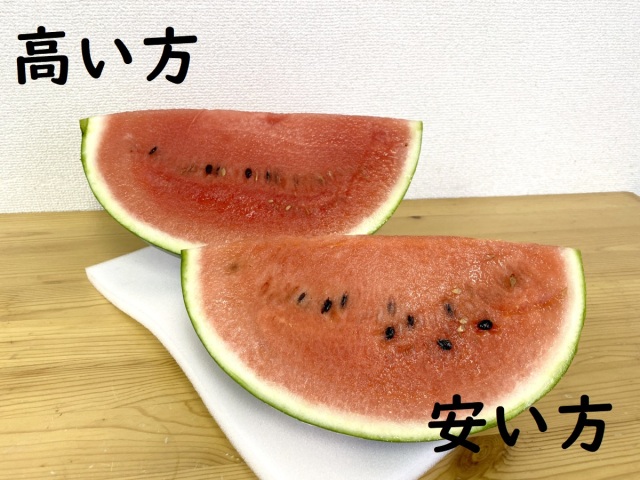
So let’s get to it and see if our reporters can pick the more expensive variety!
P.K. Sanjun: B
“Honestly, neither one feels cheap. Their peak sweetness levels are almost the same, so there might be a slight margin of error here. However, I felt that A’s sweetness faded as I ate towards the exterior of the watermelon. Of course, the same is true for B, but I feel that the part closer to the skin also stayed sweet to some extent.”
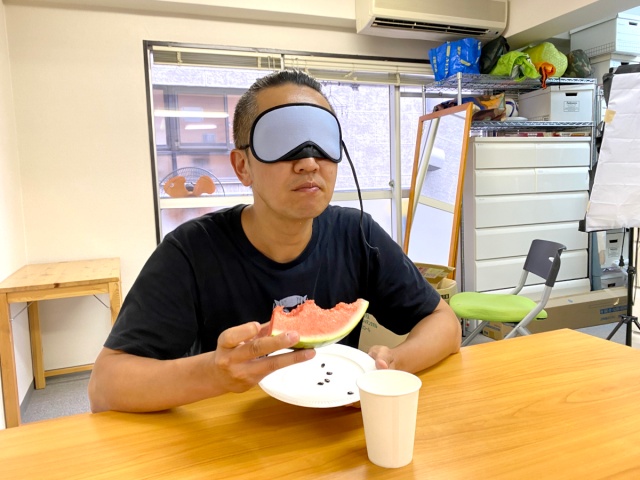
Go Hatori: B
“I love watermelon but I can’t tell the difference on taste alone. They both have a similar texture, but A is a little more melon-like, whereas B is more airy. B also has a slightly stronger flavour. It’s difficult, though, as they’re both delicious.”
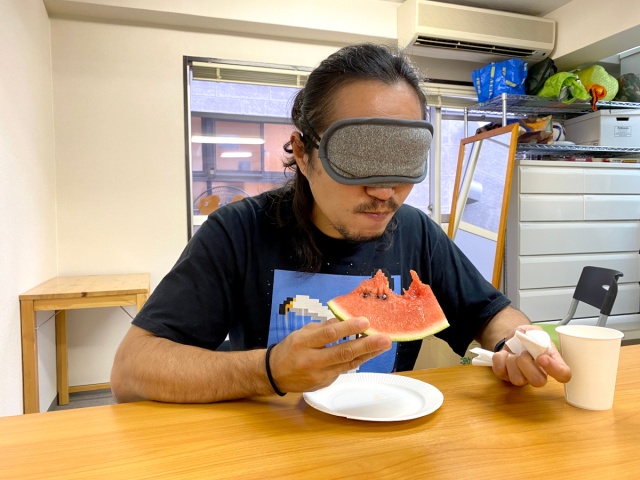
Masanuki Sunakoma: A
“I don’t really like watermelons because I don’t like dealing with the seeds. Well…B was also good, but it had more of a grown-in-a-field feel. A feels like it was grown to be delicious, and B feels like it grew in the wild.”

Ahiruneko: A
“I like watermelon. I think it’s A purely from the impression I get of the sugar content. B has a crunchy texture, but A was soft. Texture might not be enough to tell the difference, though, so I made my decision based on sugar content. Both were sweet, but when I ate it after A, B seemed slightly inferior. A is above average in terms of the watermelons I’ve eaten so far. But still, it’s difficult to decide.”
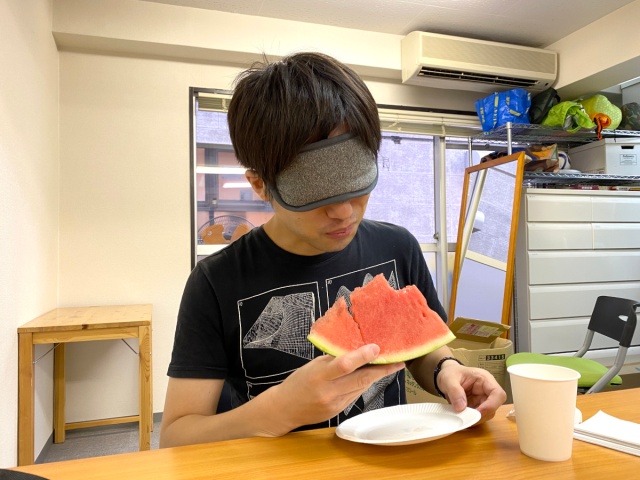
Mr Sato: B
“A is good. But B is also good. I’m confident with this one, though. The sweetness doesn’t change much, but the texture is different. A isn’t bad at all, but it has a familiar feeling to it. Considering the elegance, I’m putting my bets on B.”
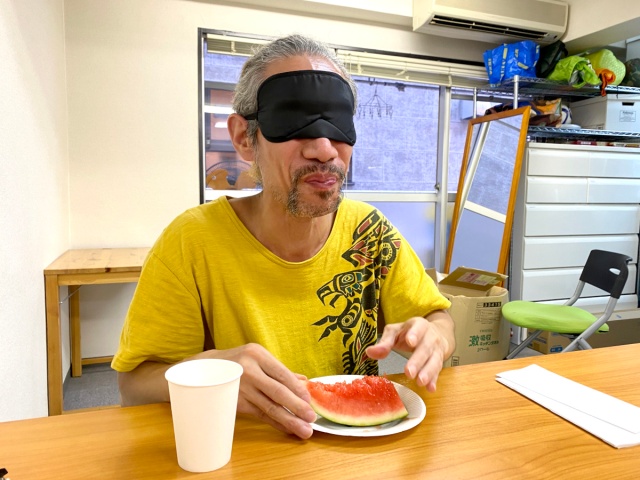
Takeshi Harada: B
“I don’t really like watermelon but A is sweet. Well, what I mean is that it felt like it was a good quality sweetness. But both are delicious.”

Nakazawa: B
“I used to eat watermelon a lot when I was little. A was sweet and delicious but B is also delicious. The taste is the same, the sweetness towards the outside is the same, and the juiciness is the same. However, there were less seeds in B. That’s the only information I have to go on.”
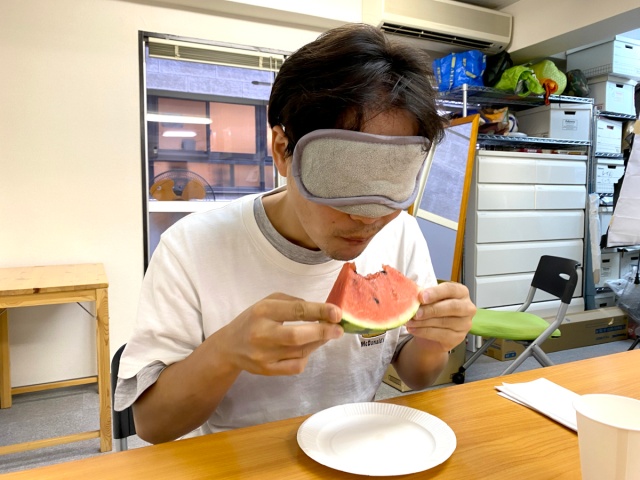
Ikuna Kamezawa: B
“My hometown is famous for watermelon, and I’ve eaten too much of it, so I’ve grown to dislike it. But B’s taste is better! It’s overwhelmingly sweet. A was also quite delicious, but once you eat B, it then seems…a bit inferior? The only difference is the sweetness, everything else is the same. The texture doesn’t change that much but B is overwhelmingly sweeter.”
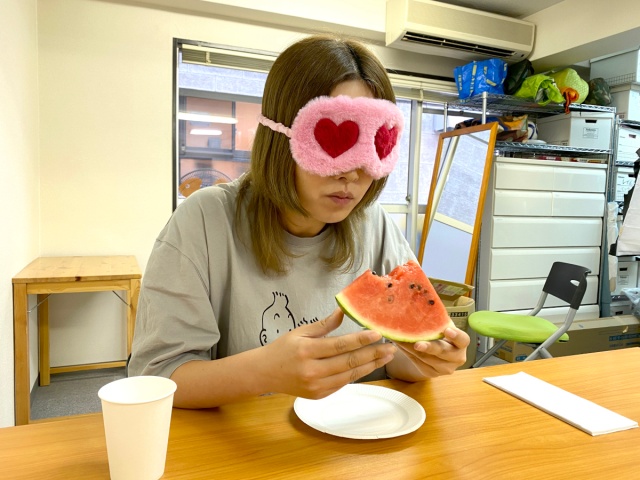
If you’ve been keeping track of the responses, out of our eight taste testers, two picked A and six picked B. That means we would have one winning team and one losing team today, and it would be either the six on the right or Masanuki and Ahiruneko on the left in the photo below.
▼ Drumroll please…
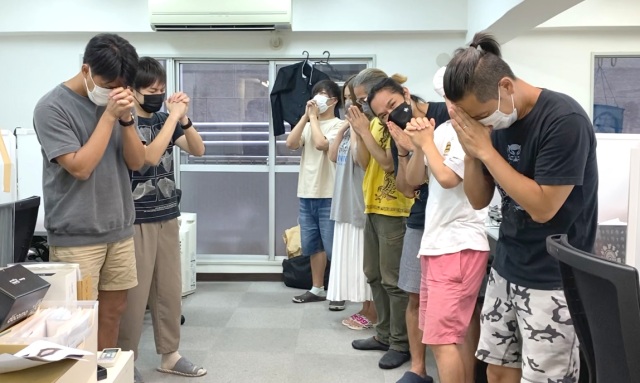
▼ The winners are…the six on the right, with watermelon B!
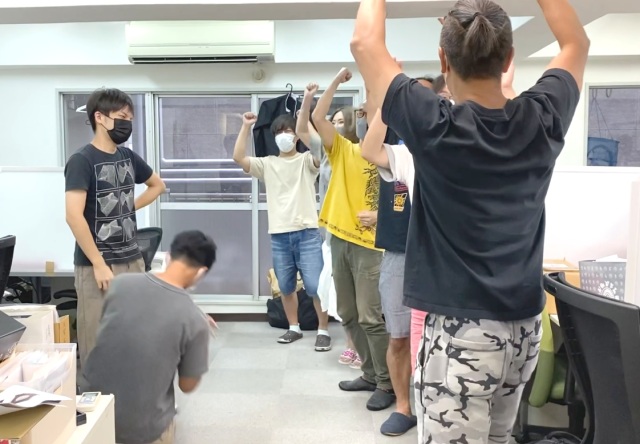
Masanuki and Ahiruneko hung their heads in shame while their colleagues fist-bumped the air and gloated over their victory.
▼ Ikuna, with a success rate of 88.8 percent: “The sweetness was completely different!”
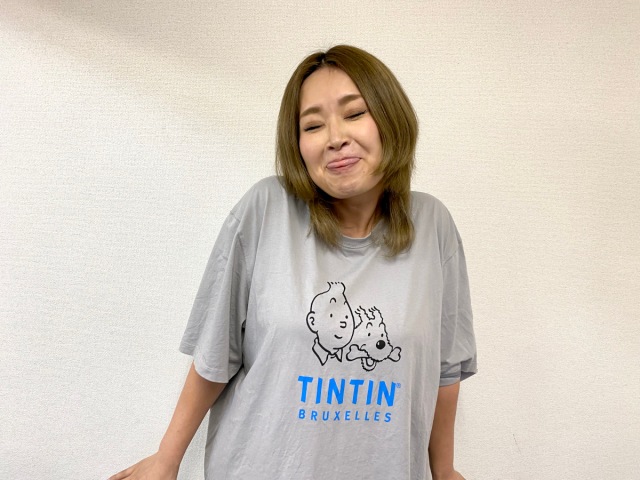
▼ Seiji (success rate: 83.3 percent): “I told you B with less seeds would be more expensive!”
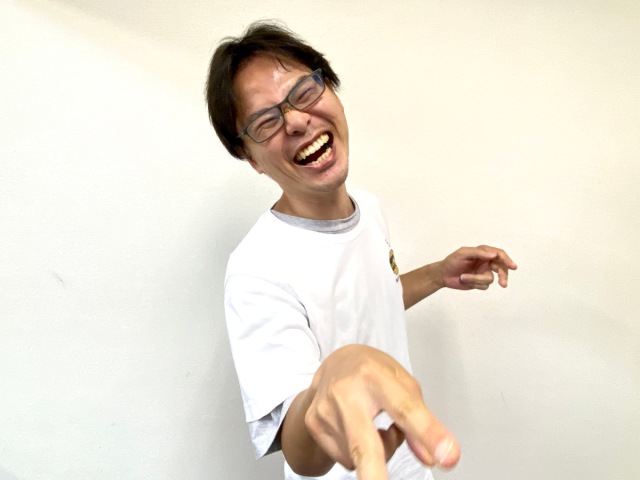
▼ P.K. (success rate: 70.5 percent): “B was still sweet close to the skin.”
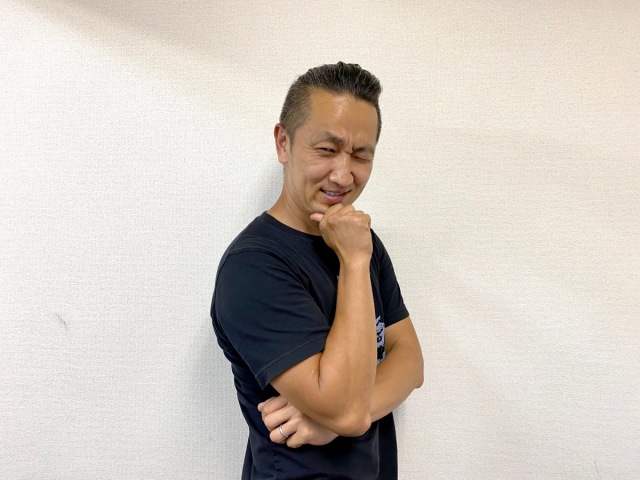
▼ Takeshi (66.7 percent): “A was sweet, but B was elegant.”
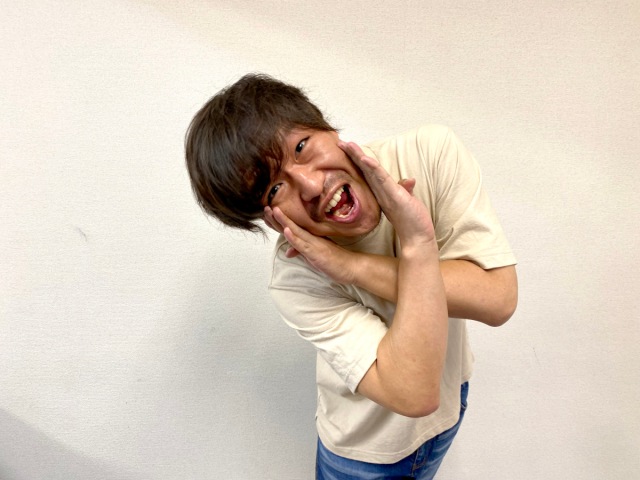
▼ Go (67 percent): “Airy B!”
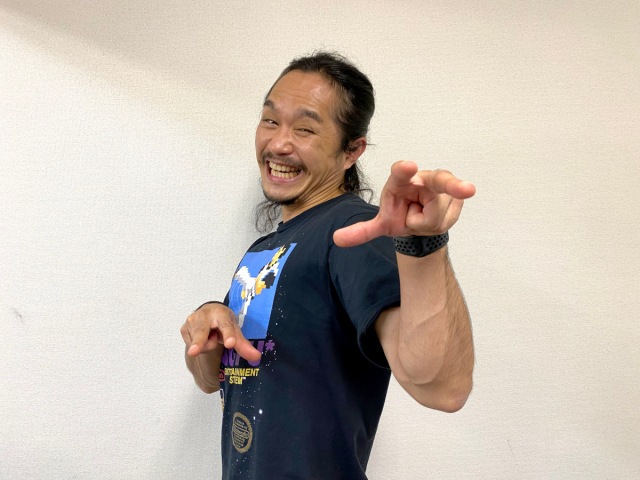
▼ Ahiruneko (57.1 percent): “Bu…but what about A’s sugar content???”
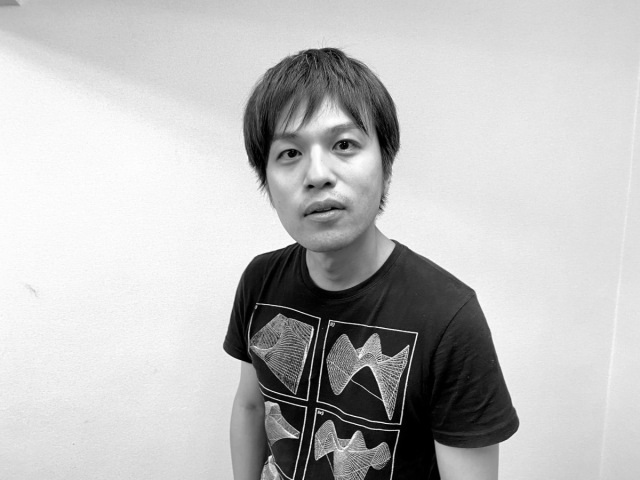
▼ Masanuki (56.2 percent): “But B was a wild-tasing watermelon!”

While Ahiruneko and Masanuki were on the losing side today, they could at least find comfort in the fact that they weren’t the bottom-ranking team member in terms of overall success at these challenges.
That title goes to…
▼ Mr Sato (53.8 percent): “The fibres of the watermelons were different.”

If you’d like to see the blindfolded taste-testing as it unfolded, check out the video below:
At the end of the day, it seems our taste testers do have a taste for watermelon, with 75 percent of them able to pick out the more expensive variety. The challenge is far from over, though, so the current rankings are sure to change, especially if Mr Sato keeps eating these expensive fruit sandwiches!
Photos © SoraNews24
● Want to hear about SoraNews24’s latest articles as soon as they’re published? Follow us on Facebook and Twitter!
Credit:

0 comments:
Post a Comment